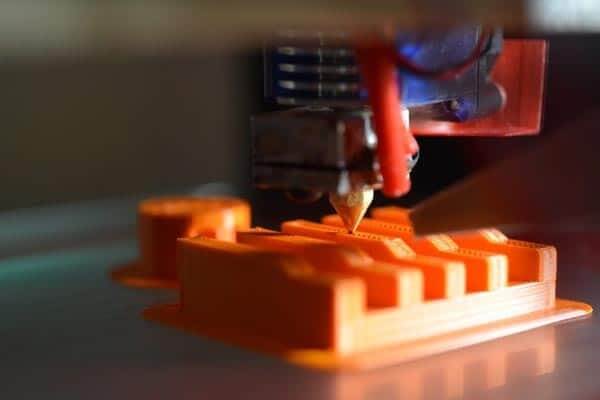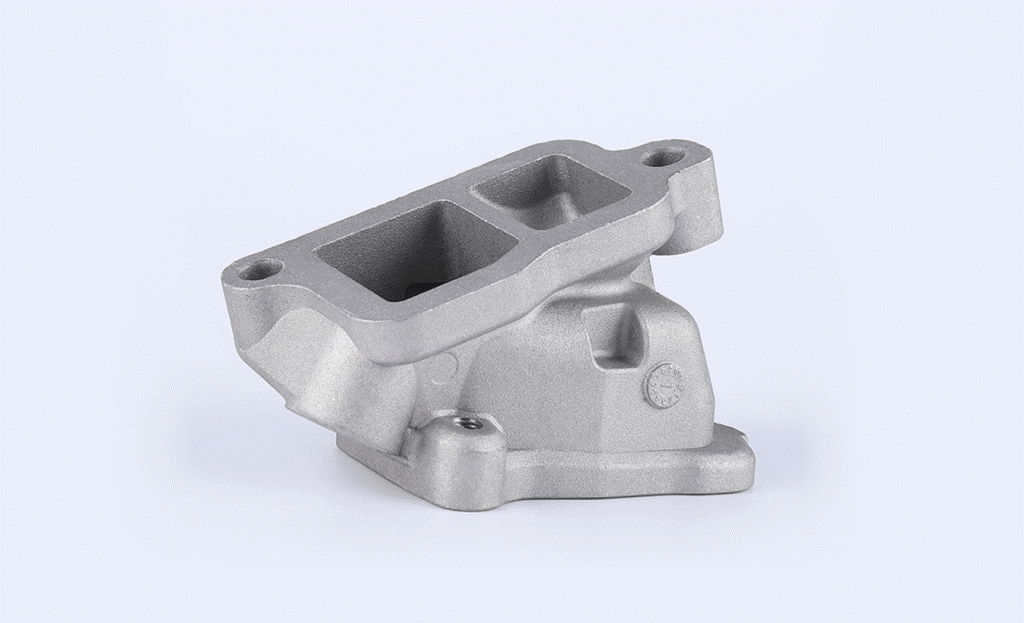A step-by-step guide to rapid prototyping services
The desired outcome is one of many variables that influence the rapid prototyping process. Depending on your goals and financial constraints, an RP expert can help you choose the best strategy. Below are tips on what to expect during this process and how to make the most of your investment. Rapid prototyping programs help product developers keep track of every feature and design modification. No matter how difficult it is to design a prototype service, you try to produce the best possible results. However, without understanding the rapid prototyping service program, you may overlook the essentials.
1.Conceptualization and Design
The first step in the rapid prototyping process is conceptualization and design. This stage involves converting an idea or concept into a digital 3D model using computer-aided design (CAD) software. CAD software allows designers to create detailed and precise representations, including all necessary dimensions and specifications.
2.Material Selection
Once the digital design is ready, the next step is to select the right material for the prototype. The choice of material depends on several factors, including the intended use of the prototype, the expected performance, and the desired characteristics such as strength, flexibility, or transparency. Common materials used in rapid prototyping include plastics, metals, ceramics, and even biocompatible materials for medical applications.
3.Data Preparation
Once the material is selected, the digital design is converted into a format that the 3D printer can understand. This involves slicing the 3D model into thin horizontal layers, called “slices.” The slice data is sent to a 3D printer, which interprets the instructions and builds the prototype layer by layer.

4.3D Printing
At the heart of rapid prototyping is the 3D printing process itself. 3D printers use a variety of technologies, such as fused deposition modeling (FDM), stereolithography (SLA), or selective laser sintering (SLS), to create physical prototypes. These technologies involve depositing or solidifying the selected material layer by layer with extreme precision until the entire prototype is formed. This step is where the magic happens, as the digital design is transformed into a tangible object.
5.Post-Processing
Once the 3D is complete, the prototype may need post-processing to improve its appearance and functionality. Post-processing steps may include sanding, painting, assembling multiple printed parts, or other treatments such as heat treatment or surface coating. The goal of rapid prototyping services is to ensure that the prototype meets the required specifications and aesthetics.
6.Testing and Evaluation
Once you have a prototype, it’s time to test and evaluate it. This step is critical to identifying design flaws or product functionality issues. Rapid prototyping allows for rapid iteration, meaning that changes can be made to the digital design and a new prototype printed in a short time. This iterative process continues until the prototype meets all necessary standards, performance, and appearance.
7.Feedback and Iteration
Feedback from testing and evaluation is extremely valuable in improving the design. Stakeholders, including designers, engineers, and end users, provide insights into what works and what doesn’t. These insights are incorporated into the digital design, and the rapid prototyping process is repeated as needed to create improved versions of the prototype. This iterative approach accelerates innovation and ensures that the final product is fully optimized.
